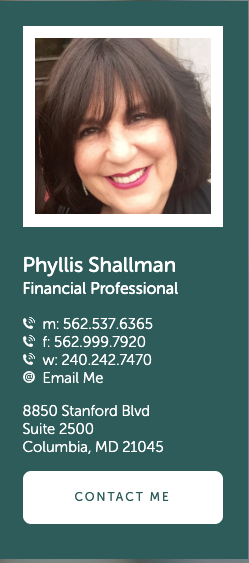
JUNE 24, 2019
So you’re finally on board with this whole budget thing.
You’ve set up your plan. Now you’ve got a budget complete with average historical spending by category. You’ve discussed it with family members, roommates, and anyone else to whom the budget applies. You’ve checked off all the boxes. Yet somehow – at the end of the month, the math isn’t working out. The budget is busted.
What went wrong? Life is full of mysteries, like who left an empty box of cereal in the cupboard? Where are my glasses? Why won’t the baby go to sleep? And, where did all my money disappear to?
For a budget to work well, you’ll need to track it regularly and often. Many times, the reason you made a budget in the first place is that there’s very little room for error with saving and spending your money. A budget’s got to be loved and nurtured, kind of like a garden. Sometimes you have to get out there and pull some weeds or dig up a few rocks to keep it thriving.
Making Your Budget
To make your budget (if you haven’t already), there are several methods you can use. Good old pencil and paper never goes out of style. And it might help you see where you stand a little faster than potentially losing your initial momentum by learning a new “app”. Specialized software or online budgeting tools can be great – but they can also be fiddly if you’re not used to them. Rather than trying to figure out complicated menus and search for hidden buttons from the get-go, you might want to try it on paper first to work through your budget and establish a limit for each category of spending. Writing out your expenditures by hand has the added benefit of helping you face reality. It hurts a little more than automated solutions if you have to write the numbers down in black and white. If you’re good with spreadsheets, Microsoft Excel or Google Sheets can also be used to quickly build a budget without a frustrating learning curve.
Tracking Your Budget
Technology can be friend or foe in the home budget process. Even though you may have started out on paper, when it comes to tracking your spending for the long haul and in real time, technology is definitely a friend.
Mobile apps come in two forms: free and not free. We’ll focus on free apps for now because it’s consistent with the goal of keeping your spending under control.
Mint.com is owned by Intuit, famous for Quicken and Quickbooks software, and makes budget tracking very simple. Mint links to your bank account and other accounts you’d like to track, so you can see a complete view of your finances at a glance either on your mobile device or on your computer. Budgets are set automatically for each category but can be changed easily. Spending and income are also automatically tracked and categorized so you can view your progress – including budget amounts remaining for the month. Cash purchases can be added from the home screen.
Another good option is Clarity Money, which tracks spending by category but also provides an easy way to cancel subscriptions and access your free VantageScore Credit Score (by Experian). Clarity Money was featured by Google Play as a “Best of 2017” and is also available for iOS.¹
Paper or spreadsheet methods help to make the budgeting process more tangible. Automated tracking makes it easy to monitor your progress against your budget – and to maybe think twice about spending on impulse.
The important thing is to think of your budget like a garden – once you have it planned and laid out, it’s going to take regular maintenance to ensure it stays beautiful.
Source: ¹ “Best Daily Helper.” Google Play, https://play.google.com/store/apps/topic?id=campaign_editorial_apps_productivity_bestof2017&hl=en.
